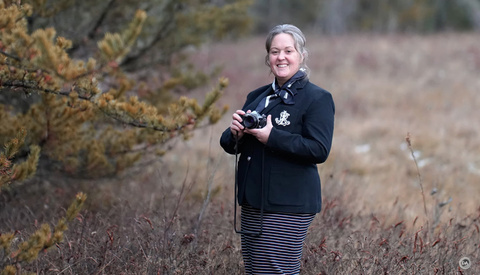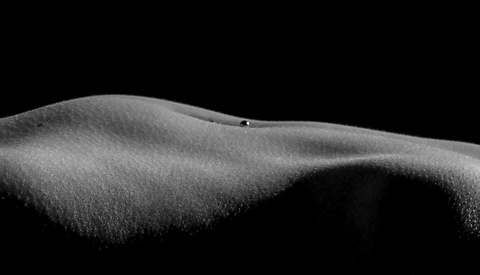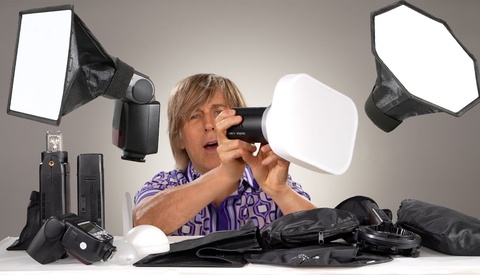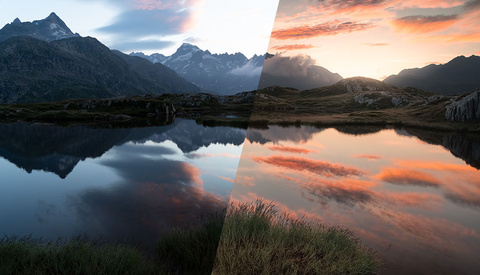Flash vs. Video Light: When to Use Each for Better Photos
Choosing between a flash and a video light can make or break the mood and quality of your photos. Both tools have their strengths, but knowing when to use each is key to capturing the right look without disrupting your environment.

































